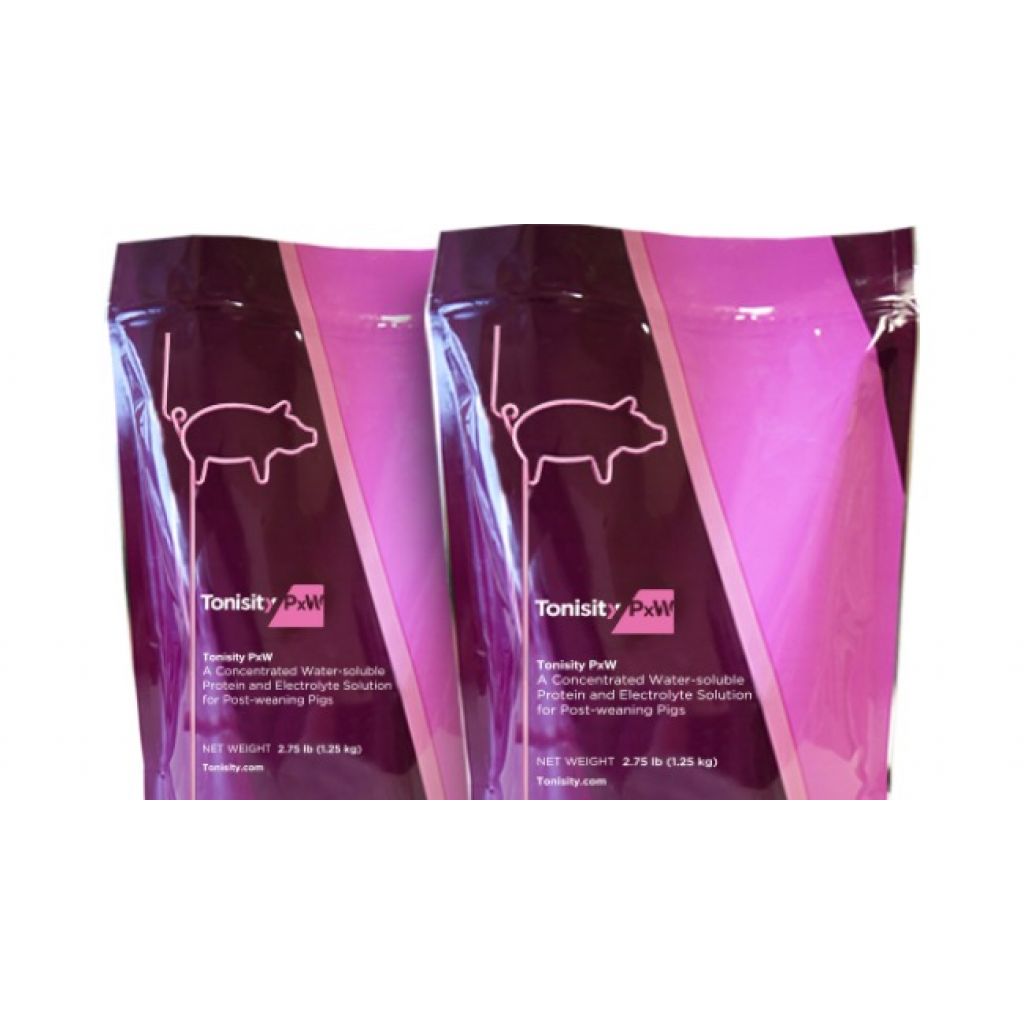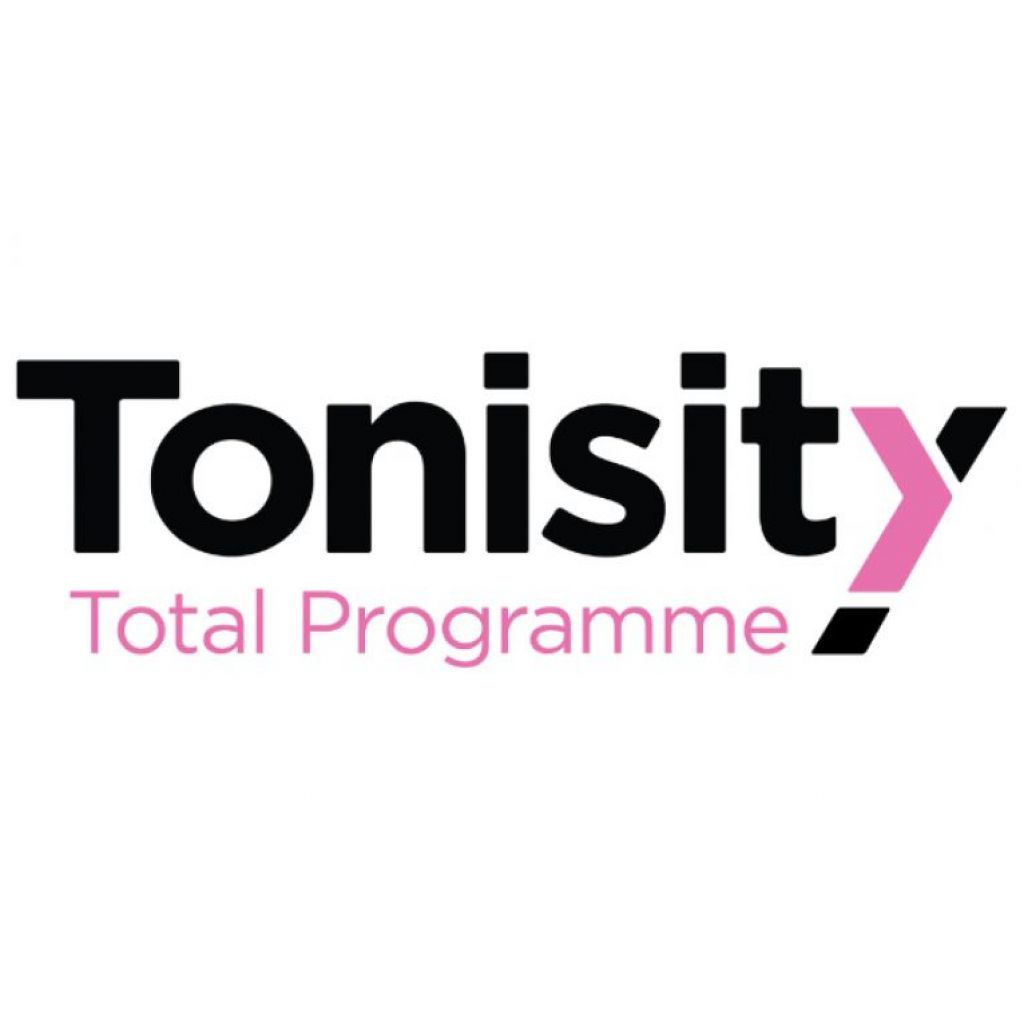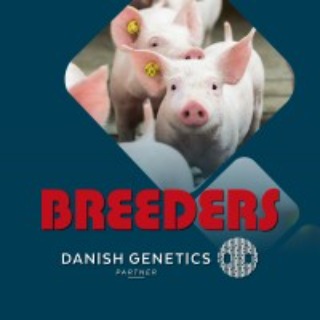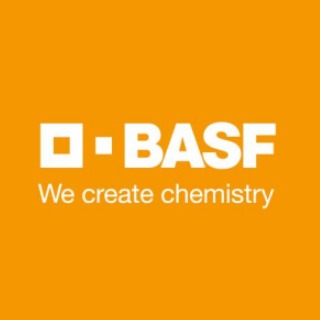Innovative Feeding Systems Used in Pig Farms
Feeding pigs is one of the most critical tasks in a commercial pig farm. The success and profitability of the farm depend on how well the pigs are fed. Traditional feeding systems have been in use for decades, but with the advancement of technology, innovative feeding systems have emerged to improve pig feeding efficiency and reduce labour costs. These systems not only optimise feed usage but also improve pig welfare and reduce the environmental footprint of pig farming.
Some of the most innovative feeding systems used in pig farms:
1. Automatic Feeding Systems
Automatic feeding systems have revolutionised pig feeding. These systems provide a consistent and precise amount of feed to the pigs. The feed is dispensed in predetermined amounts at specific times of the day, ensuring that the pigs are fed on a regular schedule. Automatic feeding systems can be programmed to dispense different types of feed, depending on the age, weight, and nutritional needs of the pigs. The system not only reduces labour costs but also improves feed conversion ratios, feed efficiency, and weight gain. Moreover, the system reduces the risk of overfeeding, which can lead to health issues and increased feed costs.
An example of an automatic feeding system is the “DryRapid” by Big Dutchman. This system features an electronic feed dispenser that dispenses dry feed in precise amounts. The system can be programmed to dispense different types of feed to different groups of pigs, depending on their nutritional needs. The system is equipped with sensors that monitor the feed level in the dispenser, ensuring that the pigs always have access to feed.
2. Wet-Dry Feeding Systems
Wet-dry feeding systems provide pigs with a combination of wet and dry feed. The system uses water to moisten the dry feed, making it easier for pigs to digest and absorb nutrients. Wet-dry feeding systems reduce feed waste, improve feed efficiency, and increase weight gain. The system also encourages natural feeding behaviours, such as rooting, which can improve pig welfare.
An example of a wet-dry feeding system is the "Maximat Feeder" by Skiold. This system features a water dispenser that moistens the feed as it is dispensed, providing the pigs with fresh and moist feed. The system can be programmed to dispense different types of feed, depending on the age and nutritional needs of the pigs. The system is equipped with sensors that monitor the feed level, ensuring that the pigs always have access to fresh feed.
3. Electronic Sow Feeding Systems
Electronic sow feeding (ESF) systems are designed to feed sows individually, allowing each sow to receive a customised diet based on its individual nutritional needs. ESF systems use ear tags or electronic collars to identify sows, which allows the system to dispense the correct amount of feed. ESF systems provide precise feeding control, reduce feed waste, and improve sow health and productivity.
An example of an ESF system is the "Compident" system by Schauer Agrotronic. This system features electronic feed dispensers that dispense feed to individual sows based on their nutritional needs. The system is equipped with sensors that monitor the sow's feeding behaviour, ensuring that the sow is consuming the right amount of feed. The system can be programmed to dispense different types of feed, depending on the sow's stage of pregnancy.
4. Precision Feeding Systems
Precision feeding systems use advanced technology, such as sensors and artificial intelligence, to monitor pig behaviour and feeding patterns. These systems collect data on each pig's feed intake, body weight, and other variables, which are used to optimise feed allocation and reduce feed waste. Precision feeding systems also provide real-time data to farmers, allowing them to adjust feed rations and identify any potential health issues.
An example of a precision feeding system is Skov's "ProGrow" system. This system uses sensors to measure the amount of feed eaten by each pig, as well as the pig's body weight and activity level. The data is then analyzed using artificial intelligence algorithms to optimize food allocation and reduce food waste. The system also provides real-time alerts to farmers, allowing them to identify any potential health issues and take immediate action.
The system allows to have a clear overview of the data, and thus know the correlation between food consumption and growth. If optimal production conditions are compromised, this will be visible in the data collected, and the breeder can adjust settings before performance is reduced. The system includes a computer that monitors feed and water consumption and controls parameters such as house temperature and ventilation.
5. Liquid Feeding Systems
Liquid feeding systems are becoming increasingly popular in pig farming. These systems use liquid feed, which is made up of a mixture of water, grain, and other additives, to feed pigs. Liquid feed is easier to digest than dry feed, which can improve feed efficiency and weight gain. Liquid feeding systems also reduce feed waste and provide pigs with a constant supply of fresh feed.
An example of a liquid feeding system is the "LiqMix" system by Aco Funki. This system features a mixing tank that mixes water and dry feed, creating a liquid feed that is dispensed to the pigs. The system can be programmed to dispense different types of feed, depending on the age and nutritional needs of the pigs. The system is equipped with sensors that monitor the feed level in the mixing tank, ensuring that the pigs always have access to fresh feed.
In conclusion, innovative feeding systems have revolutionised pig feeding, improving efficiency, reducing labour costs, and promoting pig welfare. Automatic feeding systems, wet-dry feeding systems, electronic sow feeding systems, precision feeding systems, and liquid feeding systems are just a few examples of the innovative feeding systems that are being used in pig farms around the world. With the advancement of technology, we can expect even more innovative feeding systems to emerge in the future, further optimising pig feeding and improving the sustainability of pig farming.
Welcome to 333
Connect, share, and interact with the largest community of professionals in the swine industry.
Celebrating 138347Users on 333!
Sign upAlready a member?







